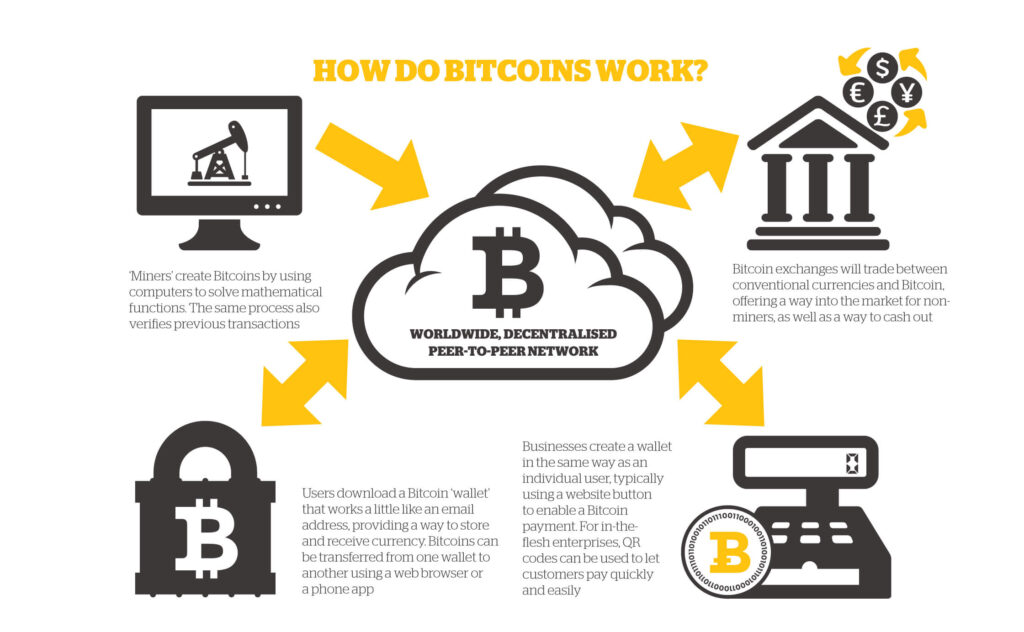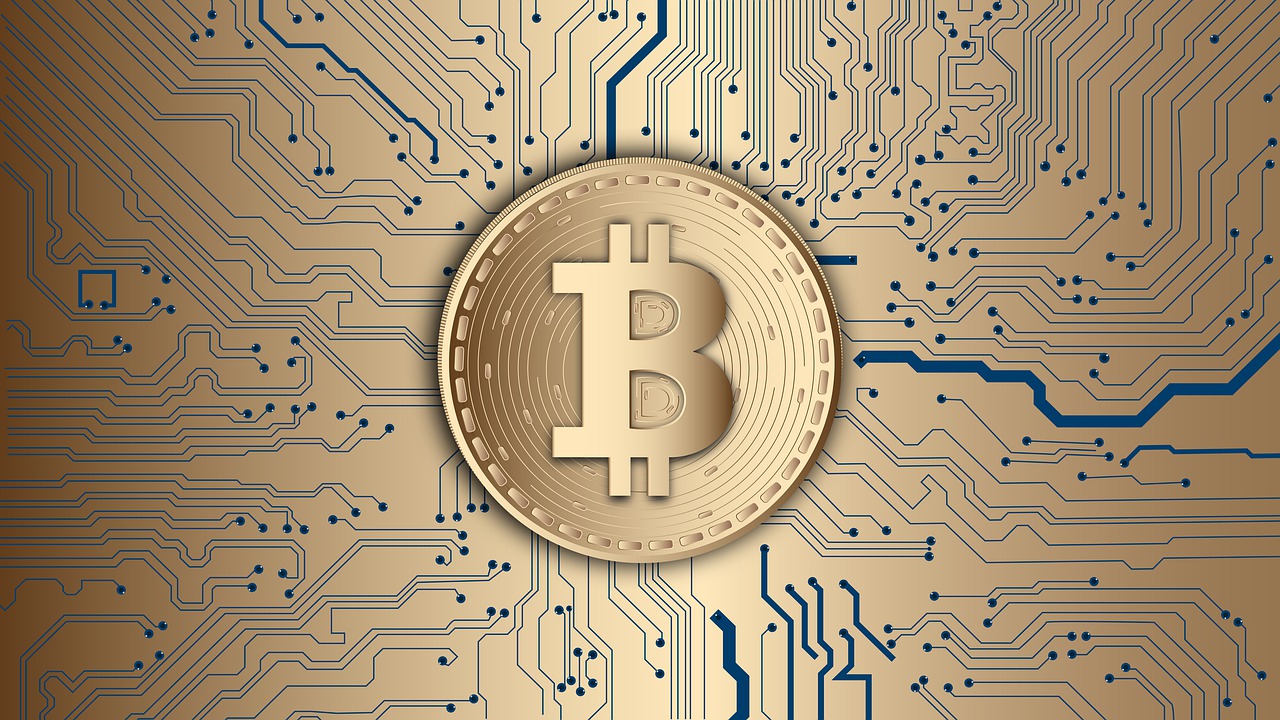Blockchain and Bitcoin are two terms that have become increasingly prevalent in our everyday conversations, particularly within the business and technology sectors. To fully comprehend these concepts, it is crucial to delve into their fundamentals and understand the key vocabulary associated with them.
How Blockchain works
Let’s start with blockchain technology. At its core, blockchain is a type of distributed ledger technology (DLT) that stores data across multiple systems in a network to enable peer-to-peer transactions. This decentralised approach ensures that no single entity has control over the entire network, thereby enhancing security and transparency.

The term ‘blockchain’ is derived from the way transactions are stored on the ledger. Each transaction forms part of a block, and these blocks are linked together in a chain-like sequence. Once a block is filled with transactions, it is added to the chain in a linear, chronological order. Each block contains a cryptographic hash of the previous block, transaction data, and a timestamp.
How Bitcoin works
Now, let’s move on to Bitcoin. Bitcoin is a type of digital or virtual currency, also known as cryptocurrency. It was introduced in 2009 by an anonymous person (or group of people) known as Satoshi Nakamoto. Bitcoin operates on blockchain technology, which underpins and verifies its transactions.

Bitcoin transactions are conducted directly between users without an intermediary, such as a bank or government agency. These transactions are verified by network nodes through cryptography and recorded on the public ledger (the blockchain). Bitcoin can be exchanged for other currencies, products, and services.
Understanding key vocabulary related to blockchain and Bitcoin is essential when discussing these topics in business situations. Here are some commonly used terms:
1. Cryptography: A method of protecting information by transforming it into an unreadable format. It’s used to secure transactions and control the creation of new coins.
2. Decentralisation: The process where the activities of an organisation, particularly those regarding planning and decision making, are distributed away from a central, authoritative location or group.
3. Hash: A function that converts an input of letters and numbers into an encrypted output of a fixed length.
4. Node: Any computer that connects to the Bitcoin network is called a node. Nodes that fully enforce all of the rules of Bitcoin are called full nodes.
5. Mining: The process of validating new transactions and recording them on the global ledger (blockchain). Miners use powerful computers to solve complex mathematical problems, and the first one to solve the problem gets to add a new block to the blockchain.
6. Wallet: A digital place where you can store your cryptocurrencies. It’s like a bank account for your digital currencies, allowing you to send, receive, and manage your cryptocurrencies.
In conclusion, blockchain technology and Bitcoin have revolutionised the way we view and handle financial transactions. They offer a decentralised method of trading that promotes transparency and eliminates the need for intermediaries. As these technologies continue to evolve, it’s crucial for businesses and individuals alike to understand their fundamentals and stay updated with their developments.
